Fender benders happen. And, it turns out, many of them happen the same way.
While it’s always essential to take precautions behind the wheel, being extra aware of these common collisions could help you avoid them in the first place.
So here’s a breakdown of four of the most common types of collisions, according to the Insurance Institute for Highway Safety (IIHS), with driving tips to help you steer clear of trouble while out on the road.
Front-Impact Collisions
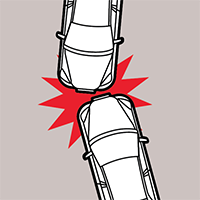 What They Are
What They Are
Front-impact collisions—when the front end of a vehicle hits another vehicle or something on the side of the road, like a tree or telephone pole—accounted for 57 percent of serious crashes in 2019, according to the IIHS.
How To Avoid Them
Front-impact crashes are often caused by slippery roads or other weather-related factors, so it’s important to adjust your driving to fit the conditions, says Russ Rader, IIHS’s senior vice president of communications. Translation: Drive slower in rain and snow, to give yourself more time to react if your car suddenly loses control. And avoid anything that could divert your attention from the road. “Stay off the cell phone, of course, but fiddling with the radio or even talking to a passenger can be a distraction,” says Rader. “Remain focused on the task at hand.” (See more surprising causes of distracted driving.)
Lane-keeping systems also help reduce the frequency of front-impact collisions, according to the IIHS. This feature alerts the driver or even automatically steers a car if it ventures outside of its lane.
Side-Impact Collisions
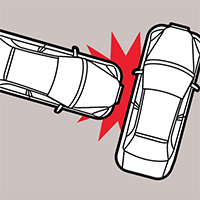 What They Are
What They Are
Side-impact collisions can be either a classic “T-bone” or a sideswipe. The former often occurs at intersections, usually as the result of some sort of confusion regarding which vehicle has the right of way. Sideswipes usually involve a side impact between cars driving parallel to one another in different lanes. According to the IIHS, 23 percent of serious crashes in 2019 were side-impact ones.
How To Avoid Them
Time-tested defensive-driving techniques can go a long way toward reducing your risk. To guard against the classic “T-bone,” be extra vigilant, and always look both ways at stop signs and stoplights—don’t speed to try to catch the yellow light. “When you’re late, you’re more likely to push it and run a red light,” says Rader. To help avoid a sideswipe, always check your blind spot before changing lanes and, when passing cars, be alert for other drivers changing lanes unexpectedly.
Rear-End Collisions
 What They Are
What They Are
Motorists are prone to rear-end collisions in heavy commuter traffic on highways and thoroughfares. The most common causes are driving too fast or too aggressively, or failing to leave sufficient space between you and the vehicle in front of you, according to Rader.
How To Avoid Them
Watch your speed and give yourself plenty of distance, in case the driver ahead suddenly slams on the brakes. To avoid being rear-ended by tailgaters, slow down, move to the right lane if it’s safe to do so, and calmly let them pass. Today’s automatic braking technology can also help keep you safe. Forward-collision warning systems—which provide audible tones or visual alerts to help the driver swerve or brake before a collision occurs—can reduce rear-impact crashes.
Parking Lot Collisions
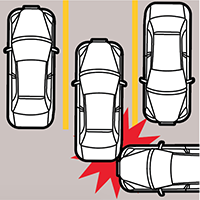 What They Are
What They Are
Dented bumpers are all too common in busy parking lots. They may happen when a car is backing out of a parking spot or where there are multiple cars moving in different directions.
How To Avoid Them
“In parking lots, it can be really difficult to see around you—especially when backing up,” says Rader. His advice: Take a moment to check out your surroundings before getting in the car to pull out of a parking space. If you can, park in a spot farther away from other cars. And if your vehicle has a rearview camera, that’s great—but don’t rely on technology alone to keep your ride scratch-free. “The image on the screen can be distorted by bright sunlight or shadows,” says Rader. “Always use your mirrors as well.”
If you’re ever in an accident (and we hope you never will be), you can have peace of mind knowing your GEICO auto insurance makes the claim process as smooth and painless as possible. You can report and track your claim online, over the phone or via the GEICO Mobile app—whichever is easiest for you. Plus, find out how GEICO’s convenient Auto Repair Xpress® program makes the process as simple as 1, 2, 3!
Read More: Lane-keeping and automatic braking aren’t the only safety innovations. Check out these 5 hi-tech safety features that could soon be standard.
By Rod O’Connor





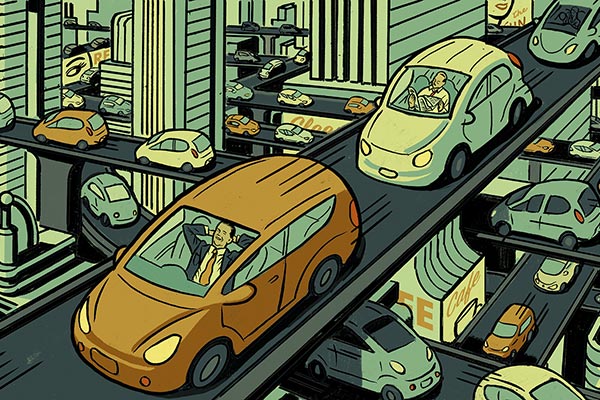
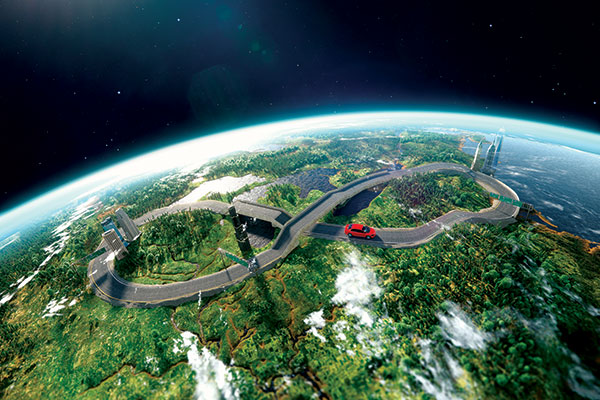
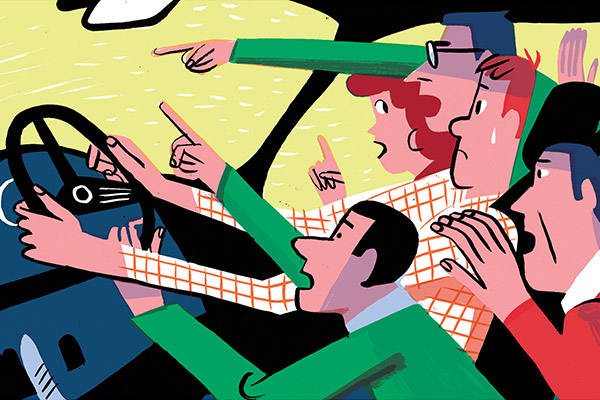
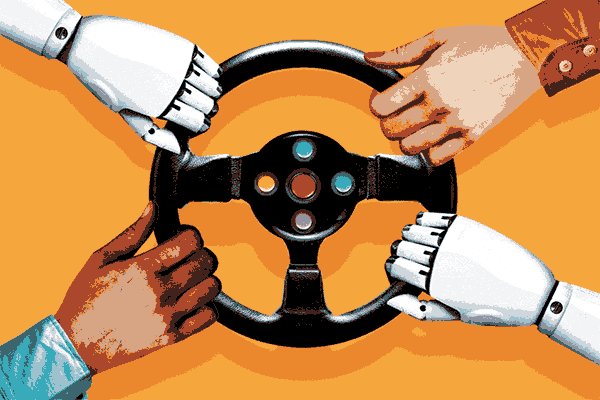
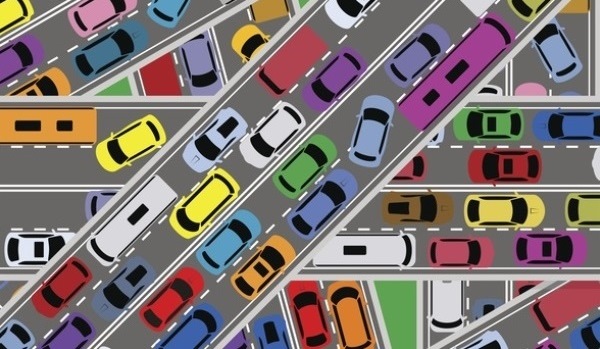
s.rebh says,
Thank you very much
Ricky Morgan says,
Got in a fender bender in my own driveway. My e bake didn’t hold on our little hilly driveway when I took it out of park. It Rolled backwards, and hit a friend’s car parked behind behind me. My bad luck.
Jackie Henry says,
Regarding backing up in parking lots – if you back in when you park to begin with, there’s little possibility of a collision when you’re leaving. When you arrive to park, it’s easier to assess the area and safely back in, making leaving much easier.
Moses sullivan M Sullivan says,
Good information regarding safety
Cecil Jasso says,
Very good advice
!
Felix Menchaca says,
I agree with all your recommendations but when you`re driving on the hwy it`s impossible to keep a distance between you and the car in front of you cause as soon as you start to do that someone will cut in front of you and close the gap.